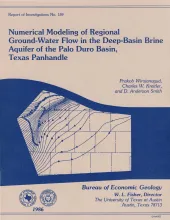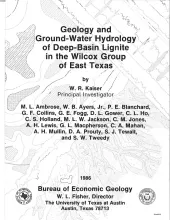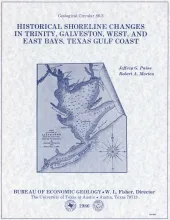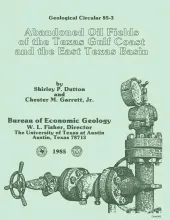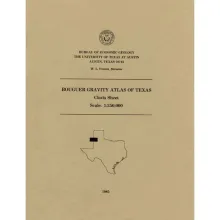A conceptual hydrogeologic model of the Palo Duro Basin, Texas Panhandle, subdivides the basin into three hydrogeologic units: (1) the shallow Ogallala and Dockum aquifers (Upper aquifer), (2) the Permian evaporite aquitard (Evaporite aquitard), and (3) the deep, confined, underpressured, principally Permian and Pennsylvanian brine aquifer (Deep-Basin Brine aquifer).
Near-surface lignite resources in Texas, or those under less than 200 feet (61 m) of cover, are ample to meet the state's demand for lignite in this century. However, meeting demand in the early decades of the next century and beyond will require the recovery of lignite resources below 200 feet (61 m) in the deep basin. Ultimately, the economics of recovery and use of these deep resources will be governed by their quantity, depth, quality, and hydrogeologic suitability.
Changes in shoreline position occurring for more than a century provide estimates of the relative stability of shorelines and, along the Texas coast, allow comparisons of shoreline changes before and after human modifications became significant.
One nonconventional target for increased oil recovery in Texas is oil that remains in abandoned reservoirs, defined as reservoirs that produced no oil or gas in 1977 and 1982. This target includes oil in reservoirs that were never subjected to modern secondary or tertiary recovery methods as well as oil that was not tapped by conventional field development because of reservoir heterogeneity.
This folded transparent map is at the same scale as its corresponding Geologic Atlas of Texas (GAT) sheet and can be superimposed on it to compare gravity information with surface geology.


